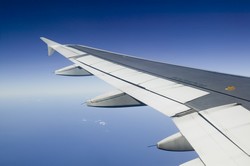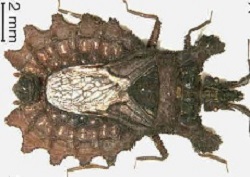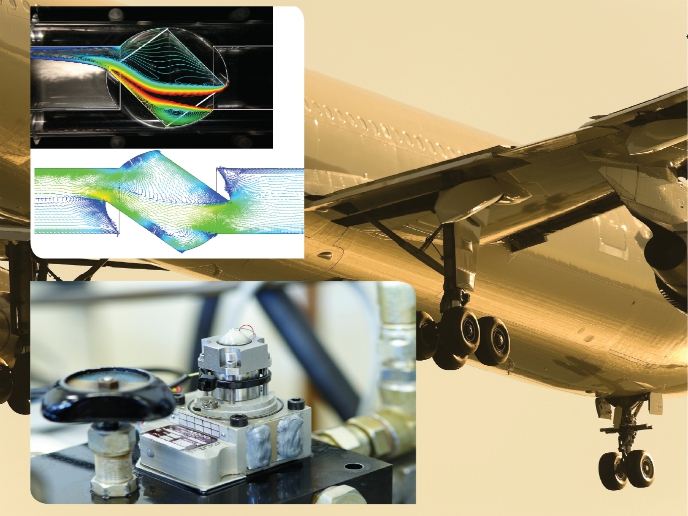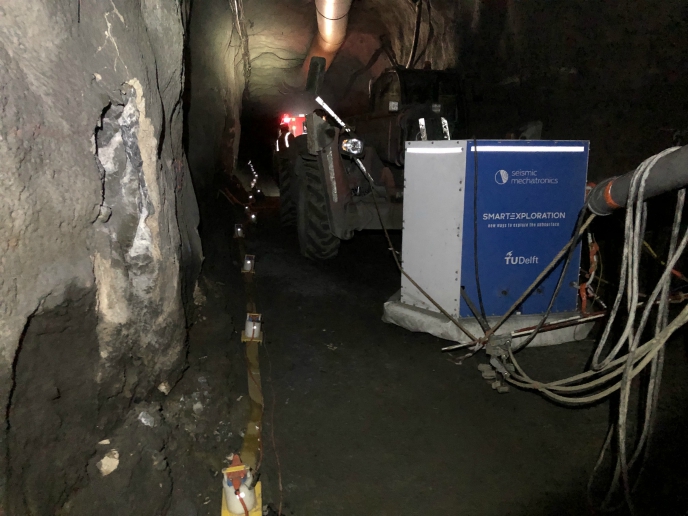Modelling bird impact on future aircraft wings
The EU has launched its most ambitious research programme ever, Clean Sky, to drastically reduce both pollutant emissions and noise associated with air transport. The Natural Laminar Flow (NLF) wing is one of the most promising concepts under development and will help to reduce drag, fuel consumption and related emissions. NLF on an aircraft wing is obtained by adopting an integral composite Leading Edge (LE) structure, thus creating a perfectly smooth surface, omitting any joining elements like rivets and bolts. However, introduction of a composite wing section on the aircraft and the absence of leading-edge slats results in geometry that is outside the validation range for existing numerical models and bird strike simulations. The EU-funded project BIRDSTRIKE (Investigation of bird strike criteria for natural laminar flow wings) was established to develop a validated bird strike analysis capability, thereby enabling the Smart Fixed Wing Aircraft (SFWA) programme partners to simulate bird impact on a Carbon Fibre Reinforced Polymer (CFRP) leading edge of a NLF wing. This was achieved by setting up a combined programme of testing and analysis / simulation to determine the extent of damage and validate the composite material failure criteria applicable for the simulation of bird strike on leading edge panels of NLF wings. Project partners selected the materials and designs for the test components representative of the leading-edge panels of natural laminar flow wings. Flat un-stiffened and stiffened panels were manufactured using Hexcel's HexPly M21E epoxy prepreg reinforced with HexTow IMA intermediate carbon fibre. Bird strike experimental tests were performed on both stiffened and un-stiffened flat CFRP panels, following the design and manufacturing of a proper supporting frame. Moreover, non-destructive testing inspections were performed on the panels before and after the impact tests using laser shearography. For the numerical simulation of bird-strike incidents on composite structures, a stacked-shell approach was developed and applied as a promising, computationally efficient alternative to the classical solid and shell elements approach. Finite element (FE) models were created for the simulation of flat un-stiffened and stiffened panels in bird-strike tests-, including bird model and material damage and delamination modelling. In order to validate numerical simulation models researchers compared the calculated global behaviour of panels and high speed camera images, which were taken for all simulated tests. It was found that the deformed shapes obtained by the FE analyses were in agreement with the respective high speed camera images. The introduction of a laminar wing section on the aircraft and the absence of leading edge slats resulted in a geometry that lies outside the validation range for existing numerical models and bird strike simulations. However, the research conducted and numerical simulation tools developed by BIRDSTRIKE have closed this knowledge gaps. Thus, project results will contribute to the objectives of reduced fuel burn and emissions reduction through the application of Natural Laminar Flow applied to a Short Range Aircraft (SRA) concept.







